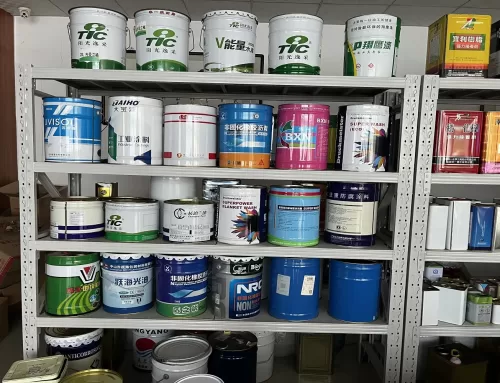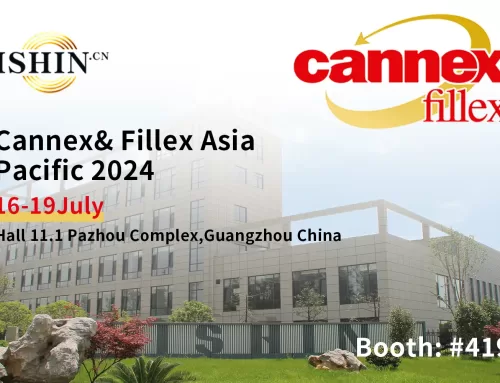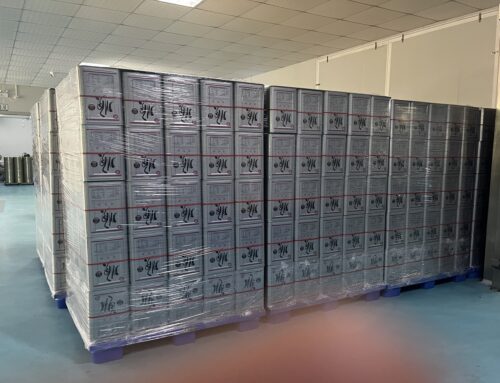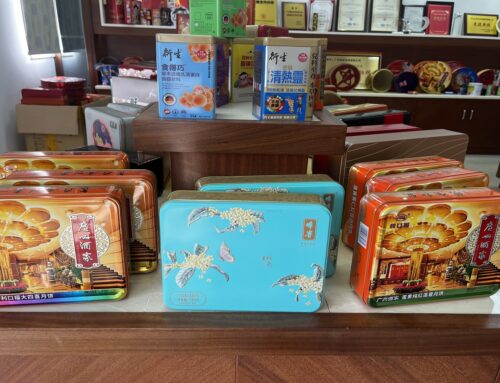Tinplate is a high-tech product
As a packaging material for canned food and beverages, tinplate is scrapped after one use, giving people the illusion that it is not worthy of attention, which is actually a big mistake, because
1. In the smelting process of the steel used to manufacture tinplate, it is required to strictly control the types, properties and contents of various residual metals and non-metallic impurities. The control methods, indicators and detection methods have not yet been fully master.
2. In the operation and control of subsequent hot rolling, cold rolling, previous cleaning, quenching and tempering annealing, levelling and other processes, there are countless quality problems of tinplate that may be caused (or affected), and these problems, Mostly haven’t eaten it yet.
3. In the process of cleaning, tin plating, reflow, passivation, oiling and other electroplating tin processes, dozens of related technical topics are only preliminary mastered in most tinplate factories in my country, and far from being handy. A tinplate cold rolling production line with a length of more than 1000m, it rolls 1.5~1.7m wide strip steel, and the speed of the steel sheet per second is 30ms (this is only a medium speed), and the thickness of its products is mostly in 0.25~0.17mm range (in the 1990s, developed countries in the United States and Japan could easily roll out sheets with a thickness of 0.14~0.075mm), this high-speed, high-precision (the average thickness error at each point should not exceed 4%), For equipment with strong power and high power, the surface finish of its products needs to reach a mirror surface, which is of course high technology.
Second, tinplate is a complex technical product
It is said that tinplate is a complex technical product, which can be explained from the many technical indicators that are tested when it leaves the factory. First of all
1. Analysis and inspection of steel base components, including residual analysis of at least 8 elements such as carbon, copper, chromium, molybdenum, nickel, silicon (Si), manganese (Mn), phosphorus (P), and sulfur (S) , and other metal and non-metallic inclusion content determination; 2. Metallographic inspection There are 5 items in terms of structure, carburized body, purity, grain size and alloy layer structure inspection; 3. Mechanical property inspection In terms of hardness , cupping value, tensile force, springback, aging, bending, roughness, thickness, a total of 8 items; 4. Corrosion resistance (intrinsic quality) detection tin layer thickness, alloy layer thickness, oxide layer, passivation layer , Determination of the amount of oil film, ATC (alloy tin galvanic current), ISV (iron dissolution value), PLV (acid leaching time lag value), TCS (grain size), vulcanization resistance, weldability, adhesion, 13 items such as hygienic inspection; 5. Sheet shape inspection 5 inspections such as right angle, camber, edge wave, middle wave and warpage. There are a total of 40 inspections above, all of which are carried out at different frequencies when the products leave the factory. It can be seen that the connotation of the quality of tinplate is beyond the general imagination.
Third, the standard of tinplate is not very standard
As a product of high technology or complex technology, the product standard of tinplate should be the same as other product standards, that is, the standard should include the main technical indicators of the product, testing methods, delivery methods and conditions, and storage and transportation requirements, etc. The current tinplate standards of various countries (including the current international standards ISO 11949-95, ISO11950-95, ISO 11951-95), in addition to American standards (AST MA 623M to A 626M-95), in the main technical indicators and testing methods two In terms of content, except for the plate shape indicators that are similar, all countries only guarantee the amount of tin plating and the degree of quenching and tempering for the rest of the technical indicators. Comparing the number of items guaranteed by the standard with the number of items that are inspected by the manufacturer when they leave the factory, anyone will find that the quantity and content are quite different. why is that
Let’s start with the American tinplate standard. Up to now, the qualified tinplate of the United States is still an important material and cannot be exported (the first-class tinplate of Russia also has regulations not to be exported), and its tinplate standard is formulated by the Ministry of Defense. The reason is One million tons is not enough, and it needs to be imported from Japan, Germany and other countries. But American scrap tinplate is available in the international market. Ten years ago, the American Weishi (Waste) iron on the Chinese market was that.
Therefore, the ASTM standard in the United States is actually a domestic regulation, in which the composition of the tinplate steel base (original plate) and the four main internal technical indicators (referring to ATC, ISV, PLV, T CS) and the corresponding testing methods are detailed. Regulation. In addition, the four tinplate standards in the United States must be used uniformly and jointly. This ensures that the purchased quality (genuine) tinplate has the necessary corrosion resistance. Although the Japanese tinplate standard still retained the restrictions on the composition of the steel base, the restrictions on the surface quality, and the stricter requirements on the plate size in the 1960s, it was still valid in the 1970s and the 1980s. In the version, namely JISG3303-87, not only the expression (restriction) of the composition of steel base has been cancelled, but other restrictions have become wider and wider.
The current output of tinplate in Japan is about 2 million tons. It is the second largest tinplate producer in the world, and its export targets are mainly Asian countries (the term for internal coordination of tinplate manufacturers is Asia-Pacific Exclusive Area). Is it formulated It is reported that tinplate manufacturers in some countries divide their products into 6 grades according to their quality, while in Asia they only supply 3rd and 4th grades of products.
In the past, my country imported tinplate in concentrated and large quantities. Therefore, in addition to the requirement to meet a certain national standard, the contract also has other technical requirements. With today’s decentralized purchases, buyers often do not have additional technical requirements. Therefore, the quality of the purchased tinplate often has defects of one kind or another, which is very noteworthy.




